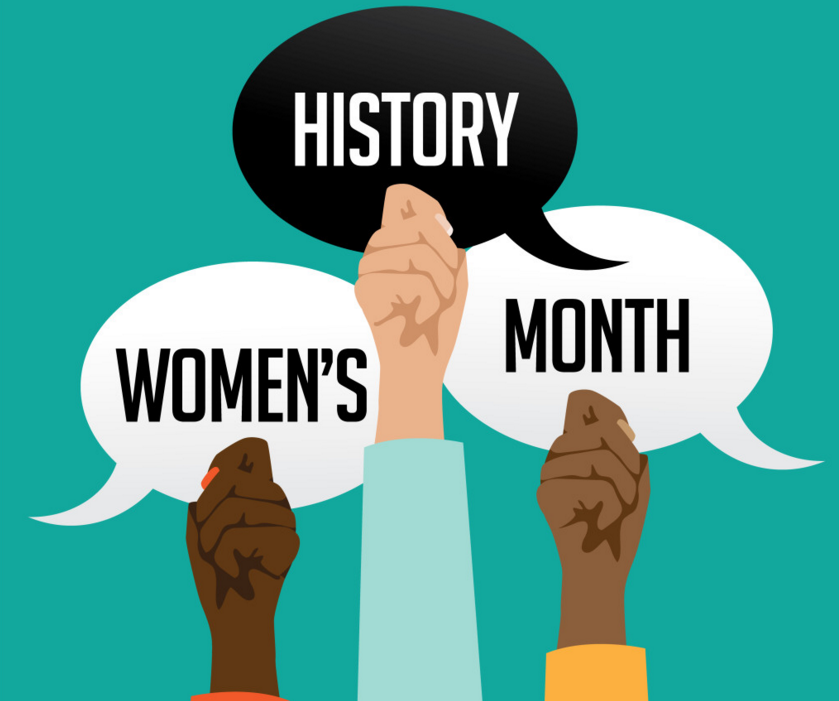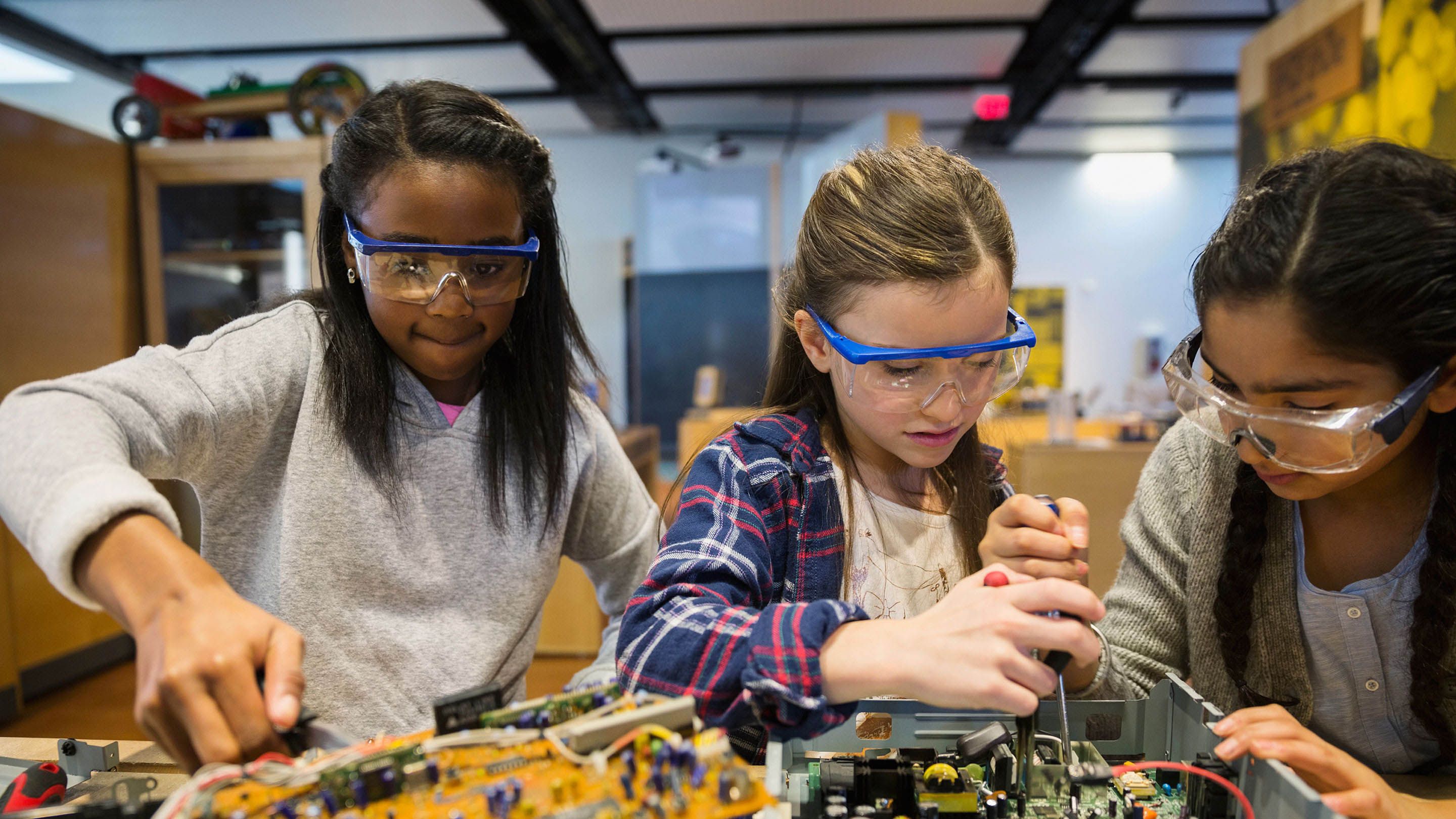
Despite the COVID-19 spread let's don't forget that March is Women's History Month. This month is one to reflect on women around the world — their year-round strides and accomplishments, everyday lives and impact on the planet. Even with fluctuations in politics and social movements, the contributions of women remain constant.
Progress in the workplace has come far but still has further to go. Women in STEM, especially, are making major strides and changing a landscape that lacks representation.
The number of women in science, technology, engineering and math is relatively low compared to men. Slowly, though, the percentages are increasing. With more representation and awareness, STEM females will eventually match the number of STEM males, ushering in a new era of equality.
The Issues Women in STEM Face
Women make up half the world's population and workforce. However, only 28% of scientists and engineers are women. This number breaks down further in terms of race — black, Hispanic and Native American women make up less than 11% of the science and engineering workforce combined.
STEM is a growing field, so the number of female workers needs to increase with it. But women in science face numerous obstacles throughout their lives and careers.
In early education, girls may develop an interest in STEM but see societal norms and think of it as a boy's or man's field. This phenomenon may occur because of the lack of representation within STEM. Young girls may not have any women to look up to within the sector. They may then opt for goals that are more socially "acceptable" for them.
This issue continues throughout early education, higher education and into the workplace. Women of color received only 6.1% of all bachelor's degrees in engineering in 2018. In the workforce, only 13% of engineers and 26% of computer scientists are women.
This field's exclusion and inequality leads to a chain reaction. Fewer women in STEM creates a lack of representation, which dissuades young girls from becoming a part of the discipline.
Representing Women in Science
The population of women in STEM is not on par with men's representation. Women's achievements are, though. STEM companies and our overall society, however, underrepresent these achievements.
The field is growing, and women deserve an equal opportunity to take openings within STEM. Increasing acceptance of female STEM workers leads to more representation for women of all backgrounds. Breaking down this barrier will bring more equality in workplaces and schools.
For instance, female engineers earn 90 cents for every man's $1. This fact would likely change as more and more women become part of the field and attain higher positions within companies. And with new generational interests and motivations that women have, STEM careers for millennial women are a key resource for getting into the sector.
Bridging the gap is one of the many actions society needs to collectively take to ensure equality regarding pay and opportunities in all industries. STEM careers, especially, have more steps to take than others. Since STEM jobs typically offer higher salaries compared to other fields, there is no reason not to pay women the same as men and provide ample openings.
With more representation across the board and better pay, the STEM field will become a level playing field for people of any gender. Young girls aspiring for jobs in STEM will not feel dissuaded as they grow up.
The Future of Women in STEM
Improving the future of women in STEM will take a collective effort from teachers, students, professors and industry leaders. Each individual can take multiple steps to help the movement towards gender equality. All you have to do is assess ways in your life that you can further the fight for STEM females.
In general, people should attempt to recognize any subconscious or implicit biases and stereotypes they may hold. Holding biases can affect your perspective on others' identities, which colors the way you treat them and interact with them.
Spreading awareness about female accomplishments and recruiting women into STEM majors or classes can help. Inclusive messages are necessary for representing women as well. Teachers should encourage young girls to take STEM-related courses and help them understand that the field is for anyone.
Lastly, schools, colleges and faculties should assess the amount of female faculty within their institutions and examine the dynamics of their representation. Industry leaders, too, should recruit more women into their companies and implement equal pay — as well as parental leave.
Making STEM a Better Field for Women
With these steps, countless members of society can collectively work towards better representation and roles for women in STEM careers. Together, we can create a better future for young girls and women interested in this field.

Discover more about STEM with RobotLAB!
Check our products page, and our learning platform EngageEDU! that offer a wide range of lessons for students and teachers! No robotics experience required.
 Kayla Matthews is a robotics and EdTech writer whose work has appeared on The Robot Report, Information Age, Learning Liftoff and Robotics Business Review. To read more from Kayla, please visit her tech blog.
Kayla Matthews is a robotics and EdTech writer whose work has appeared on The Robot Report, Information Age, Learning Liftoff and Robotics Business Review. To read more from Kayla, please visit her tech blog.



